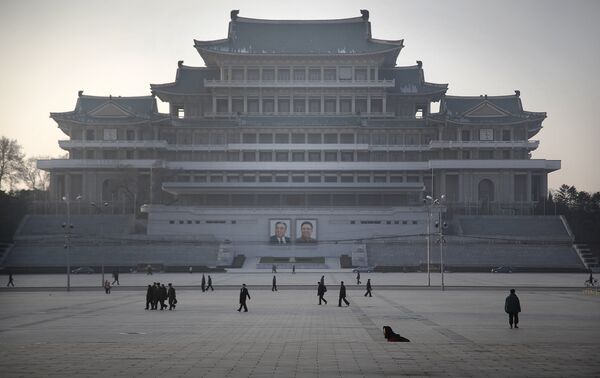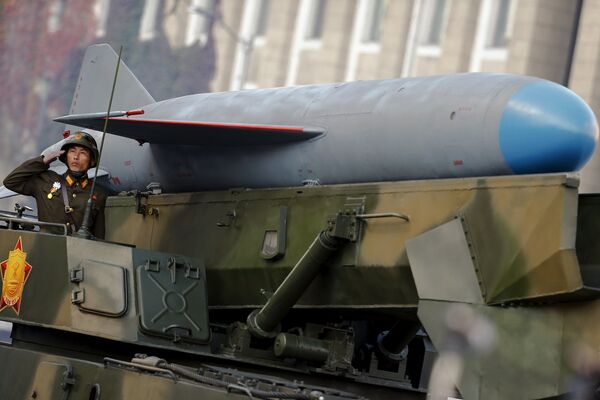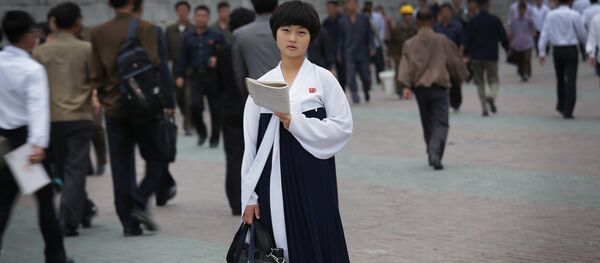Panoramic photos taken at the Juche Tower, a monument in Pyongyang, clearly show that a part of old Pyongyang has been destroyed and new neighborhoods have been constructed, according to the researcher.
“The process is happening at great speed and there are rumors about mass distribution of methamphetamine (builders allegedly continue to work almost around the clock without feeling any pain). They are building really fast, though it is unclear how good the quality is,” Asmolov told Sputnik Korea.
There remain a lot of old houses with dull gray concrete but they are trying to introduce colored roofs to these houses to somehow “revive” the city.

Another observation made by the researcher is that Pyongyang had cycling pathways, which is quite remarkable because there are not so many cars on the road but there are now a lot of people, including women who commute on bikes.
According to the researcher, public transport is still quite rare and there are long queues of passengers seen at stops but the trolleybuses have been significantly improved.

Talking about the citizens, Asmolov said, “I noticed different variation of body types which is the consequence of systematic malnutrition or consumption of scarce, insufficiently vitamin food. What is quite important is that the younger generation (those born after difficult times, after 2000s.) look way more healthy,” the researcher noted.
At night the city is still poorly lit and this testifies to the continuing problem with electricity. However, North Koreans are trying to make active use of alternative energy sources.

In Pyongyang, there are a lot of fixtures working on solar batteries. They do not give out enough energy to operate the large scale electronics, but they are popular with the civilian sector. At the same time, the North Koreans are experimenting with different sources of energy, notably geothermal power.
Talking about whether North Korea could have its own nuclear power plant, the expert believes that such a possibility cannot be excluded.
“They were actively hinting to me that they are building a nuclear power plant. It will be put into operation within five years and not at Yongbyon (a county 100 kilometers north of Pyongyang, the location of the first experimental nuclear reactor). For me, this is not a fantasy because they can ensure the desired level of security and they have uranium, as far as equipment is concerned they can find it,” the researcher said.

“I understand that it is just the beginning. Besides, I can well assume that the North Koreans can build something underground (to exclude the possibility of monitoring the work from satellites and any pre-emptive strikes on it). For example, the Pyongyang Metro is located at a depth of 100 m and it is actually a large bomb shelter,” Asmolov said.
Talking about products in shops and manufactured goods, the researcher said that the merchandise in shops is all in modern packing and the same Gochujang (traditional Korean soybean paste with red pepper) can be found produced from several different manufacturers, which means there is even some competition.
In the Palace of Science and Technology (newly built in the center of Pyongyang's major scientific and technological complex) students are routinely given the problem of the seven bridges of Konigsberg.
“So the North Koreans know more about the world than we can imagine, although it applies to natural and applied sciences,” Asmolov said.
The researcher further said that on an ideological level, North Korea is moving, rather, toward the nationalism of South Korean.
“In general, the image of the DPRK in my mind has not changed but it has been corrected, somewhat,” Asmolov concluded.




